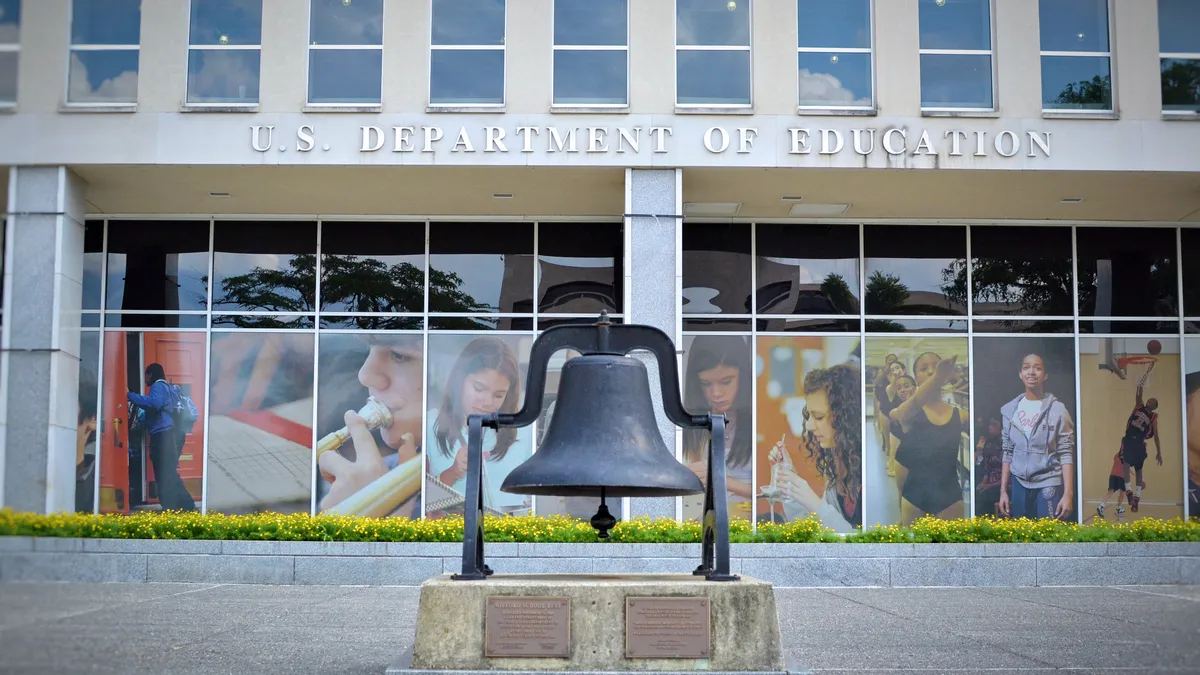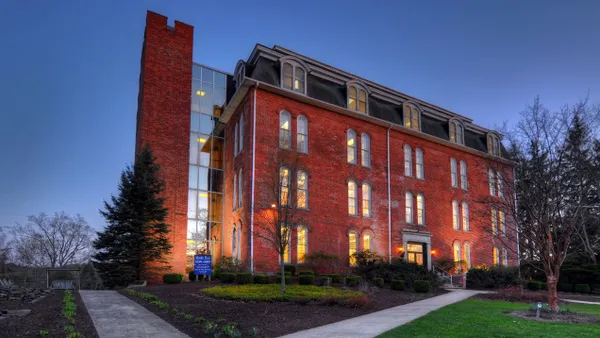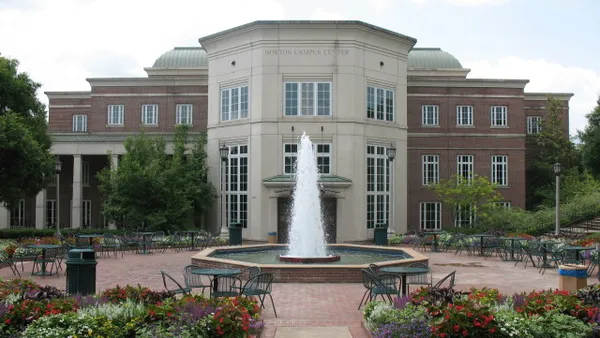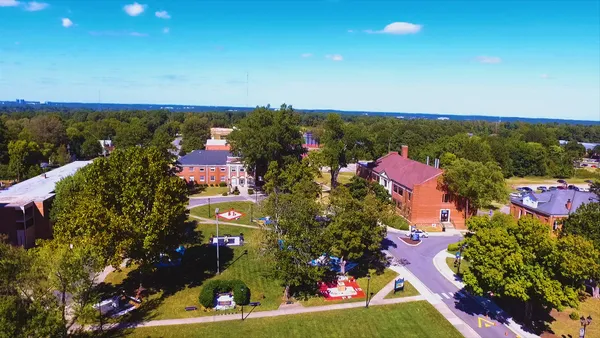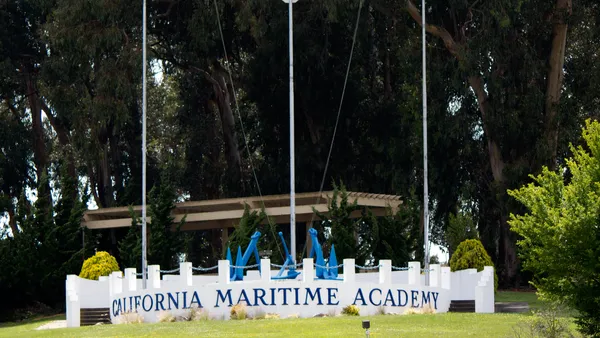The COVID-19 pandemic put campus modernization into limbo. The rise of hybrid learning, mounting deferred maintenance costs, and widening operational gaps are just a few of the reasons for uncertainty in campus master plans. But with disruption comes an opportunity for positive transformation, and small and mid-sized public colleges stand to gain the most from embracing this moment of change.
As a new semester approaches, it's time for higher education to hit reset on their infrastructure transformation as opportunities for electrification and decarbonization are coming into the spotlight.
From improving electrical resiliency to meet standards for research, to expanding IT power and cooling systems for online learning, energy projects are the often-underestimated key to long-term growth. The Biden Administration's push for sustainability is another driving force behind the increased attention on energy efficiency, cleantech and renewables projects among public universities. While the opportunities and technologies are within reach, small and mid-sized colleges face unique barriers to accessing them.
In March 2021, one year following the onset of the pandemic, Schneider Electric partnered with University Business to survey over 127 higher education leaders in finance and operations on how their institutions were approaching campus modernization projects in the new normal. Our report uncovered what factors were standing in the way between colleges and large-scale campus innovation, and new business models for overcoming them.
Reaching critical mass with energy infrastructure improvement
The trifecta of aging infrastructure, deferred maintenance, and competing priorities remains a bottleneck to advancing energy projects. For small and mid-sized institutions, the backlog bottleneck extends beyond two years, making it difficult to accurately plan and budget for other infrastructure investments.
At the same time, our survey finds that small and mid-sized colleges are relying more heavily on potential stimulus than large institutions (27% compared to 19%) which could lead to further project delays should allocations fall short of expectations.

How do you capture opportunities for growth and innovation, while improving institutional resiliency?
For so many schools, the disruptions caused by COVID piled on to the long list of competing priorities, both for financial resources and staff time. The pandemic also highlighted operational gaps that put further strain and uncertainty on plans to upgrade energy infrastructure. Between our pre-COVID survey and our most recent survey in 2021, outdated tools and technologies saw the largest jump in respondents, from 49% to 69%, reporting it as a concern. Workforce turnover and wages was a top concern cited by 73% of respondents.
Using partnerships as a catalyst to scale up modernization
As energy systems grow in scope and complexity, and with resources slim, more institutions are exploring new partnerships for the financing, construction, operations, and maintenance of these systems. Financial enablement models offer a new formula for sustainable growth, leveraging outside capital and operational expertise to supplement resource constraints, and 48% of respondents to our survey say their institution is planning to use one or more of these models for their energy projects.
Energy Savings Performance Contracting (ESPC), for example, can move the needle on deferred maintenance by leveraging energy cost savings generated from efficiency projects to fund campus-wide facility upgrades. Energy-as-a-Service (EaaS) offers another way to secure large amounts of funding for capital improvement projects. These energy service agreements can be used to meet a wide range of operational and financial requirements, from savings to system uptime to GHG reduction, with a private operator assuming the total cost of ownership and the responsibility to operate and maintain the systems over time.
Download our white paper to dive deeper into the research cited in this article and learn more about financial enablement strategies that can help scale up modernization faster.




